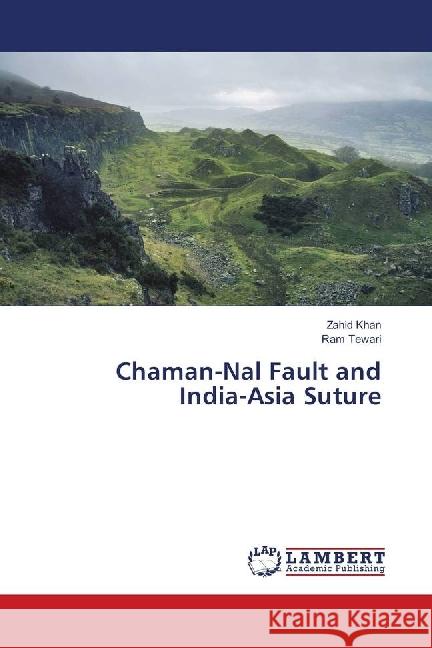Chaman-Nal Fault and India-Asia Suture » książka
Chaman-Nal Fault and India-Asia Suture
ISBN-13: 9786139895458 / Angielski / Miękka / 2018 / 80 str.
It is believed that Indian subcontinent drifted northward across a vast Tethys and collided with the various Eurasian blocks, thereby closing an intervening Tethys along the Indus-Tsangpo Suture Zone (ITSZ). In the west the suture is believed to be along the Chaman fault in Baluchistan-Afghanistan area, whereas in the east it is still speculative, in Myanmar, and placed across the Arakan Yomas, though there are no such features that can readily fit within the concept. However, geological evidences suggest that the Chaman fault is a wrench fault created in the course of the anti-clock wise oroclinal rotation of Indian subcontinent, whereas, the Indus-Tsangpo Suture Zone is a rift valley that came into being in the Triassic. The boundary between the Indian plate and the Myanmar should be along the Assam-Bangladesh and therefore the suture cannot be within Myanmar. The occurrence of extensive Carboniferous fluvio-glacial deposits in northern Tibet, and the presence of typical Gondwana flora and fauna unequivocally support the continuity of Peninsular India up to northern Tibet, both being parts of the Pangaeain the Carboniferous times.











